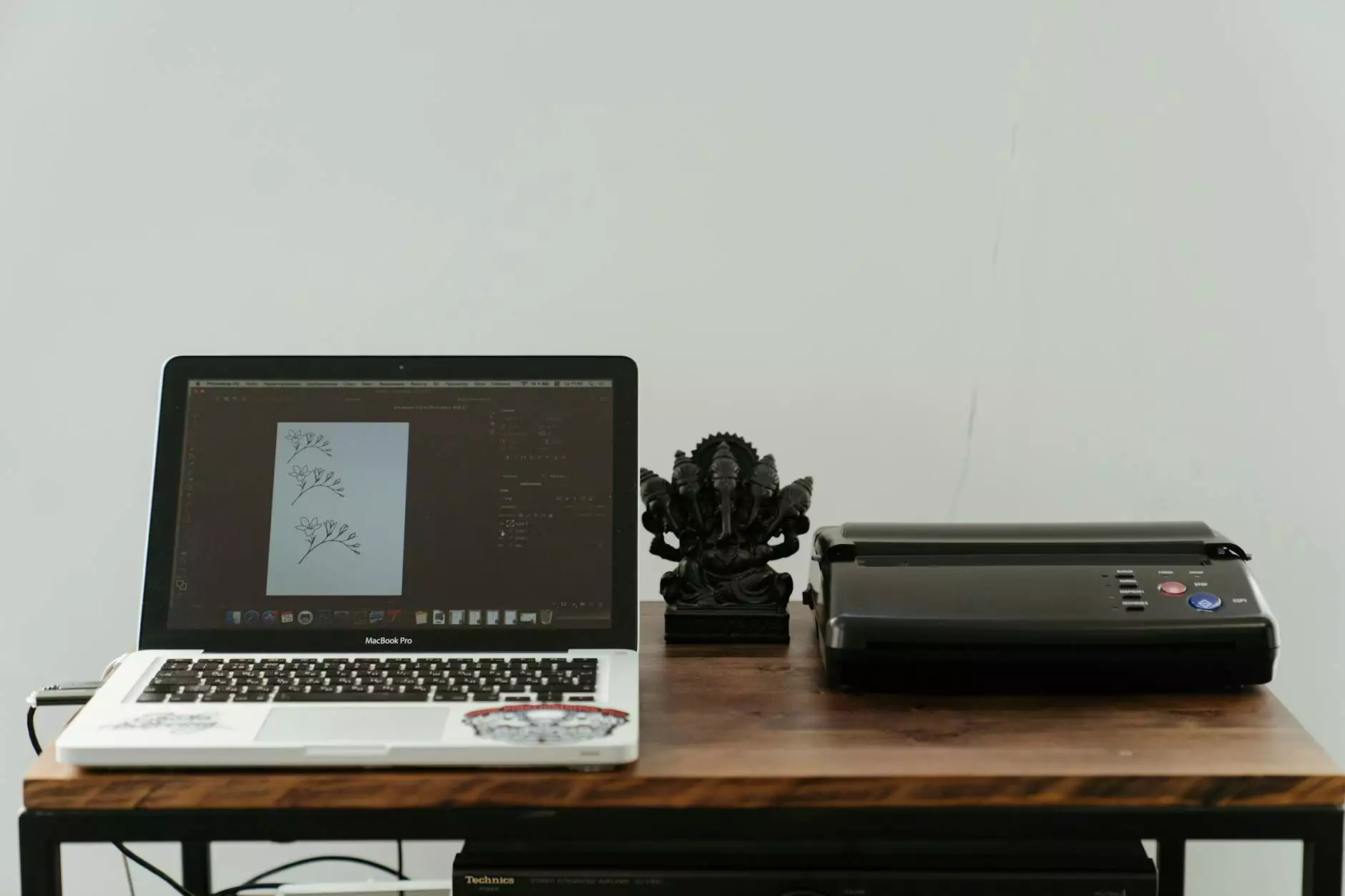Pain with Shoulder External Rotation: Understanding, Management, and Prevention

Pain with shoulder external rotation is a common issue that affects individuals of all ages and activity levels. Understanding the complexity of the shoulder joint and the dynamics involved in external rotation is crucial for effective management and recovery. In this comprehensive guide, we will explore the anatomy of the shoulder, potential causes of pain during external rotation, diagnosis, treatment options, and strategies for prevention.
Understanding Shoulder Anatomy
The shoulder is one of the most mobile joints in the human body, composed of three main bones: the humerus (upper arm bone), the scapula (shoulder blade), and the clavicle (collarbone). This intricate structure allows for a wide range of motions, including external rotation, which involves turning the arm outward away from the body.
The primary components of shoulder anatomy include:
- Rotator Cuff: A group of muscles and tendons that stabilize the shoulder.
- Glenohumeral Joint: The ball-and-socket joint formed by the humerus and scapula.
- Labrum: A fibrocartilaginous structure that deepens the joint socket.
This complex anatomy allows for high levels of mobility but also makes the shoulder susceptible to pain and injury, especially during movements like external rotation.
Common Causes of Pain with Shoulder External Rotation
Several factors can contribute to pain with shoulder external rotation. Understanding these causes is crucial for effective diagnosis and treatment:
1. Rotator Cuff Injuries
Rotator cuff injuries are among the most prevalent causes of shoulder pain. They can include strains, tears, or inflammation of the rotator cuff muscles or tendons. Commonly, individuals will experience pain during activities requiring shoulder external rotation, such as throwing or reaching overhead.
2. Impingement Syndrome
Shoulder impingement occurs when the tendons of the rotator cuff are compressed during arm movements, particularly during external rotation. This compression can lead to pain, weakness, and range of motion limitations.
3. Shoulder Bursitis
Shoulder bursitis is an inflammation of the bursa, a small fluid-filled sac that reduces friction between the shoulder tissues. Bursitis can lead to significant discomfort during external rotation.
4. Shoulder Arthritis
Arthritis can affect the shoulder joint, causing pain, stiffness, and swelling. Osteoarthritis, in particular, may lead to discomfort during movements including external rotation.
5. Tendonitis
Tendonitis in the shoulder can occur due to repetitive overhead activities, leading to inflammation and pain while performing external rotation.
Symptoms Associated with Pain During External Rotation
Individuals suffering from pain with shoulder external rotation may experience a variety of symptoms, which can include:
- Pain: A sharp or dull ache in or around the shoulder joint during external rotation.
- Weakness: Difficulty lifting objects or performing routine tasks that involve shoulder movement.
- Stiffness: Reduced range of motion, making it challenging to rotate the shoulder outward.
- Swelling and Inflammation: Visible swelling around the shoulder area that may accompany pain.
Diagnosing Pain with Shoulder External Rotation
Proper diagnosis is vital for effective treatment. Medical professionals typically use a combination of techniques to assess the cause of pain:
1. Physical Examination
A thorough physical examination is conducted to evaluate pain levels, range of motion, and strength. Specific tests may be performed to isolate the issue during shoulder external rotation.
2. Imaging Tests
Imaging techniques such as X-rays, MRI, or ultrasound can provide visual insight into the structures of the shoulder. These images help in detecting tears, inflammation, or other abnormalities.
Treatment Options for Shoulder External Rotation Pain
Once diagnosed, several treatment options are available to address pain with shoulder external rotation. These can range from conservative techniques to surgical interventions:
1. Rest and Activity Modification
Initially, it’s essential to rest the affected shoulder and avoid activities that exacerbate the pain. Modifying daily activities can significantly reduce discomfort.
2. Physical Therapy
Physical therapy plays a crucial role in recovery. A physical therapist can develop a tailored exercise program to strengthen shoulder muscles, improve flexibility, and reduce pain.
3. Ice and Heat Therapy
Applying ice can help reduce inflammation, while heat can relieve muscle tension. Alternating between ice and heat may provide effective pain relief.
4. Medications
Over-the-counter pain medications like NSAIDs (e.g., ibuprofen) can help alleviate pain and reduce inflammation. In some cases, corticosteroid injections may be recommended.
5. Surgical Options
When conservative treatments are ineffective, surgery may be necessary. Procedures can include arthroscopic surgeries for rotator cuff repairs or the removal of bone spurs contributing to impingement.
Preventing Pain During Shoulder External Rotation
Preventing pain with shoulder external rotation is crucial for maintaining shoulder health and function. Here are some key strategies:
1. Strengthening Exercises
Incorporate exercises that strengthen the rotator cuff and shoulder muscles. This can enhance stability and prevent injuries:
- Internal and external rotation exercises.
- Shoulder blade squeezes.
- Resisted band exercises.
2. Proper Technique During Activities
Whether lifting weights or performing sports activities, using proper technique is essential to reduce undue stress on the shoulder joints. Consult professionals for training tips.
3. Regular Stretching
Incorporate stretching routines to improve flexibility in the shoulders. This can help prevent stiffness and facilitate smoother movements.
4. Warm-Up Before Activities
Warming up properly before engaging in sports or strenuous activities can prepare the muscles and joints, decreasing the likelihood of pain.
Conclusion
Experiencing pain with shoulder external rotation can significantly impact daily life and activities. Understanding the causes, symptoms, and treatment options is crucial for effective management and prevention. Early intervention, such as modification of activities and physical therapy, can lead to significant improvements and a return to normal function. If you're experiencing pain, consider consulting a healthcare professional for a personalized approach to prevent and treat shoulder-related issues.
For more information and resources on health, medical education, and chiropractor services, visit IAOM-US.com.









